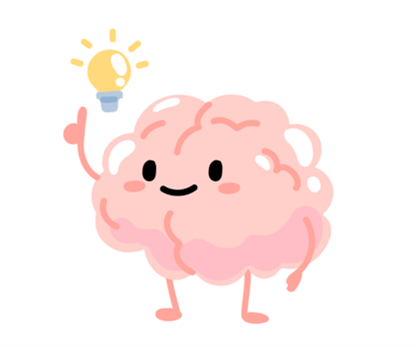Albert Einstein famously described compound interest as one of the great wonders of the world.
Compound interest is essentially “interest on interest” and makes an investment grow at a faster rate.
It is a fabulous thing for an investor (think 401K), but not so fabulous for a borrower (think mortgage). In other words, compound interest can work for you or against you. You got to be on the right side of it.
Pay Now or Pay Later
Educators are familiar with the phrase, “pay now or pay later”. Understanding compound interest, a more accurate phrase might be, “pay a little now, or pay a lot later”.
Perhaps nowhere is this truer than early intervention programs, especially when we consider the costs of failing to act early on with respect to ELLs, children with learning disabilities, and economically disadvantaged children. Administrators have a fiduciary responsibility to consider the bigger economic picture, including:
Special Education: what’s the real cost to an individual, a school system, and society?
Retention: what’s the real cost to an individual, a school system, and society?
Drop-out: what’s the real cost to an individual, a school system, and society?
Closing the achievement gap is a time-sensitive issue, especially when it comes to different abilities in speaking and reading English. The difference is akin to “the rich get richer; and the poor get poorer.” The larger vocabulary and more language proficiency one has, the easier it is to learn even more. Small or weak vocabularies slow down acquisition, so even though that student is working hard and learning new words, he or she falls farther behind the “richer” student unless additional time and intervention strategies are accessible. The road to failure includes special education, retention and dropping out.
Putting Compound Interest to Work
Research reveals a small intervention investment early on can produce results (interest) and further results on the earlier results (compound interest). The RAND Corporation calculated well-designed early interventions generate a return to society ranging from $1.80 to $17.07 for each dollar spent.
GrapeSEED exemplifies a well-designed early intervention. Children ages 4-7 are immersed in a language-rich, multisensory environment, enriched by nurturing teachers; all the while the lessons are building neural pathways or templates in their brains that facilitate their acquisition of English. Soon the children have a new found confidence in the language.
That confidence – reinforced by daily improvements in the language – gives them something to build upon, and their growing competence provides them with the pride and confidence to move forward. The benefits begin to compound. The child is on a road to success in the language and in life.
Einstein also had this to say about compound interest: “He who understands it, earns it. He who doesn’t, pays it.” Let’s get on the winning side of compound interest for our young language learners.
To learn more about how GrapeSEED can be a smart investment for your school, Contact us!




Ready to Start Your Journey?

6425 Living Place
Suite 200 #1021
Pittsburgh, PA 15206
Tel: 800-449-8841
Email: contact.us@grapeseed.com
© 2024 GRAPESEED INTERNATIONAL PTE. LTD.
